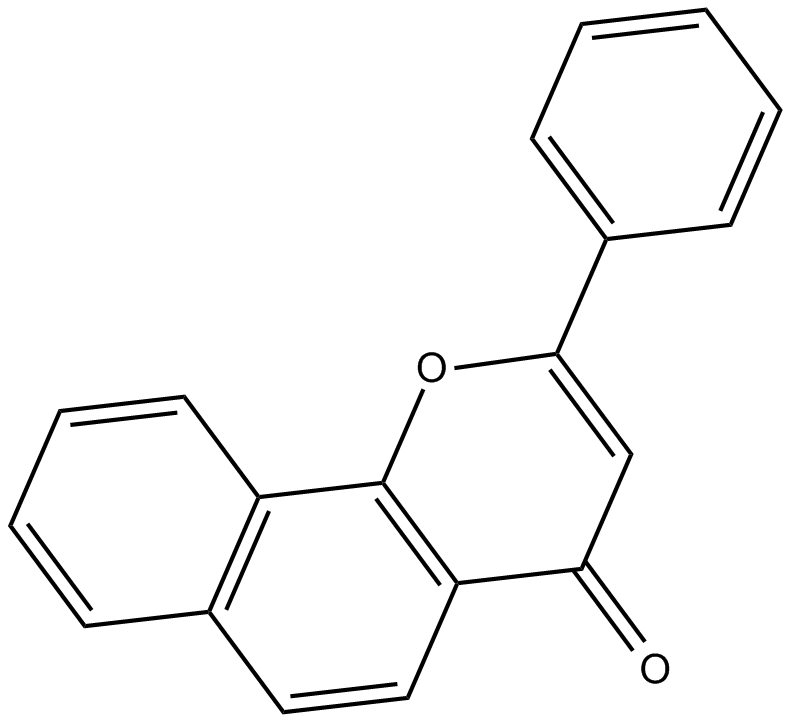Aromatase
Aromatase is an enzyme which belongs to the cytochrome p450 superfamily. It localizes on the endoplasmic reticulum of estrogen producing cell and catalyzes the final step of estrogen biosynthesis, converting androgen to estrogens.
Products for Aromatase
- Cat.No. Product Name Information
-
GC16433
Aminoglutethimide
Aromatase inhibitor
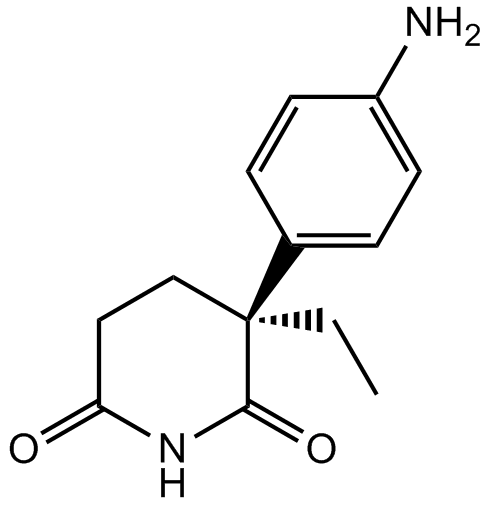
-
GC10256
Anastrozole
Aromatase inhibitor
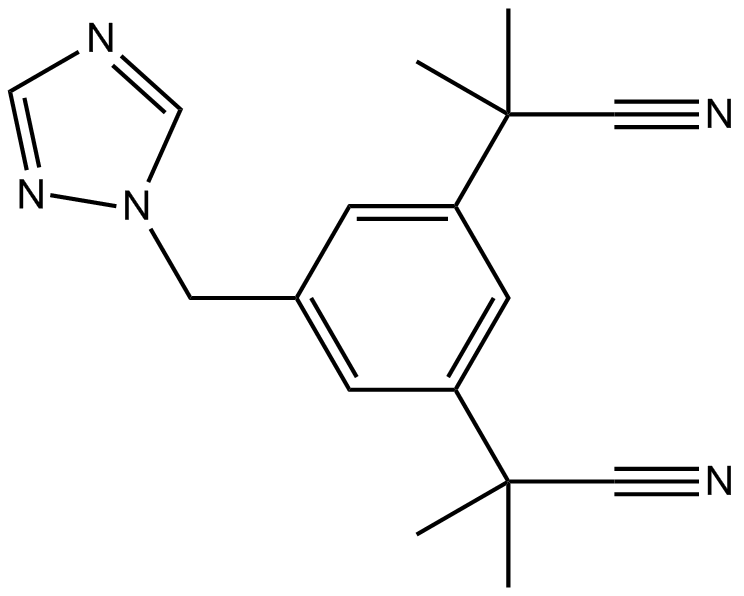
-
GC12140
Endoxifen
Endoxifen Z-isomer is the most important Tamoxifen metabolite responsible for eliciting the anti-estrogenic effects of this drug in breast cancer cells expressing estrogen receptor-alpha (ERα).
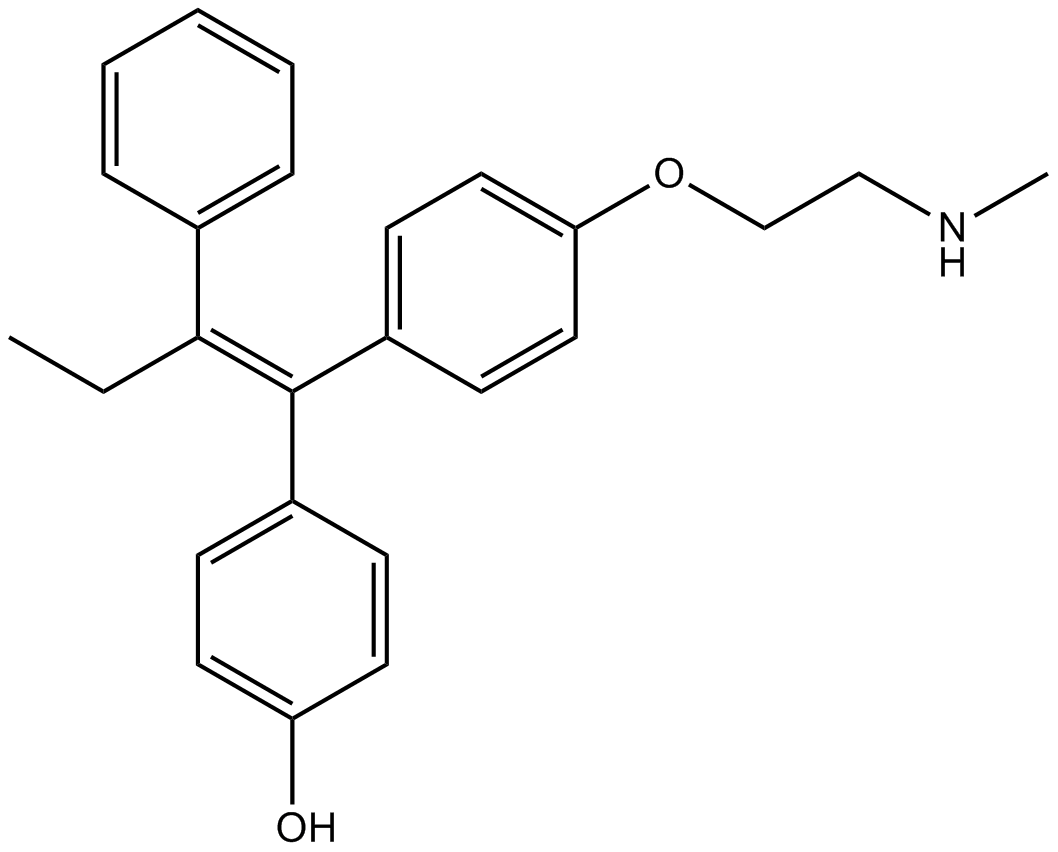
-
GC11813
Exemestane
Steroidal aromatase inhibitor,selective and irreversible
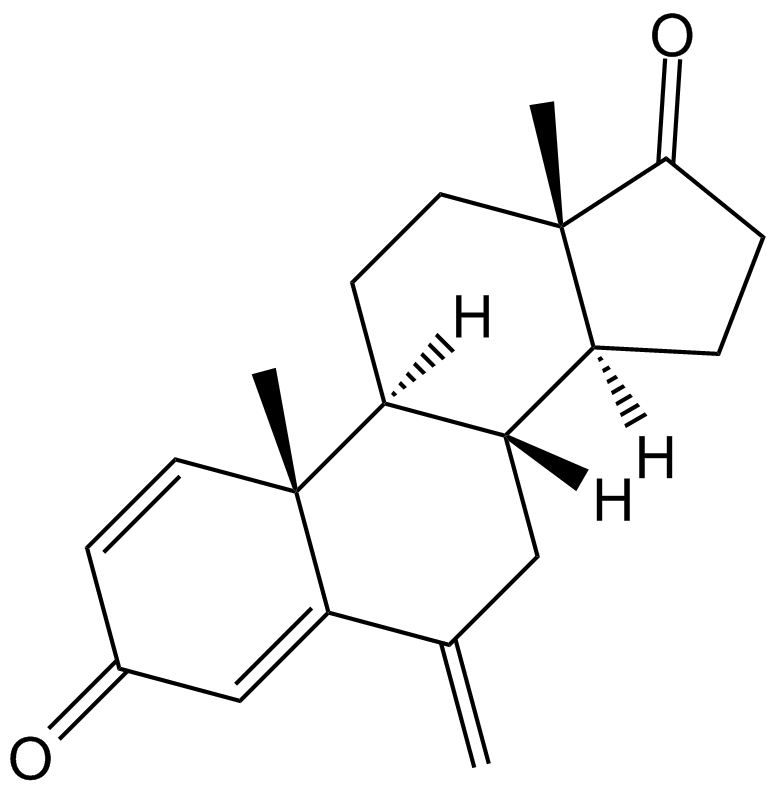
-
GC63755
Exemestane-D2
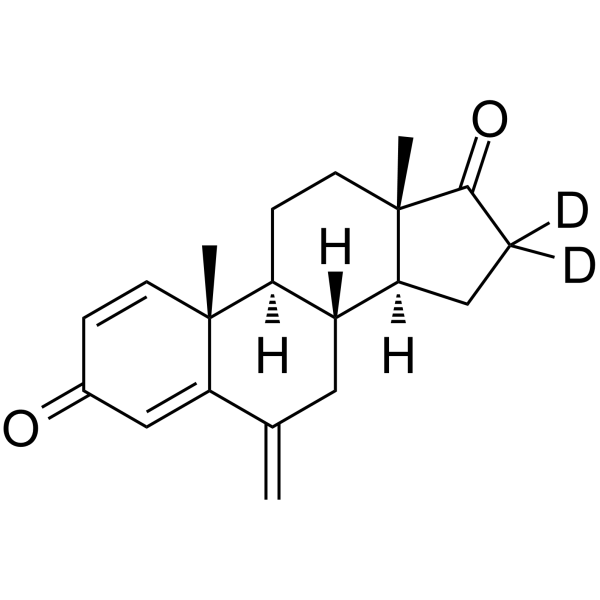
-
GC19151
Fadrozole
A potent, selective and nonsteroidal inhibitor of aromatase
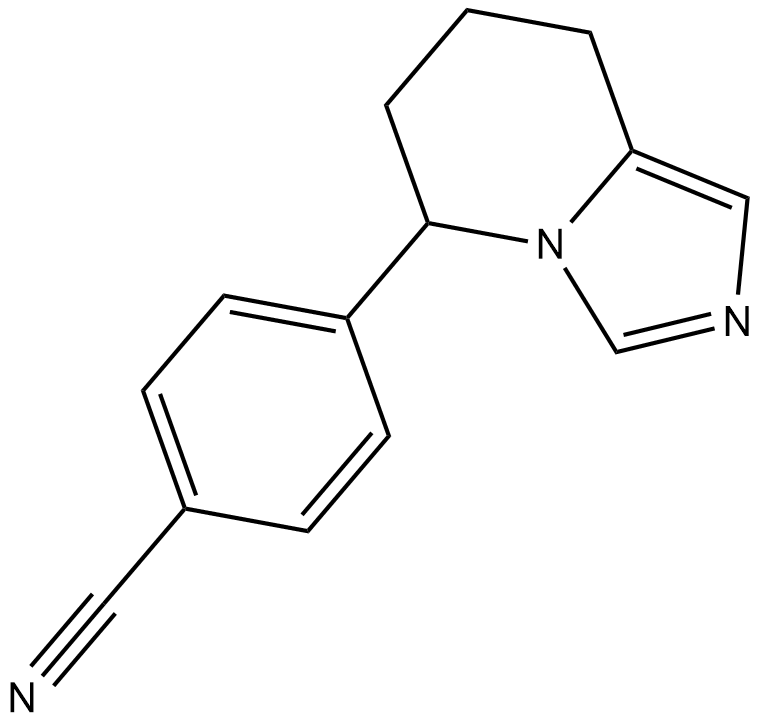
-
GC18301
Fadrozole (hydrochloride)
Fadrozole is a non-steroidal aromatase inhibitor (IC50s = 5 and 1.4 nM for human placental and rat ovarian microsomal aromatase, respectively).
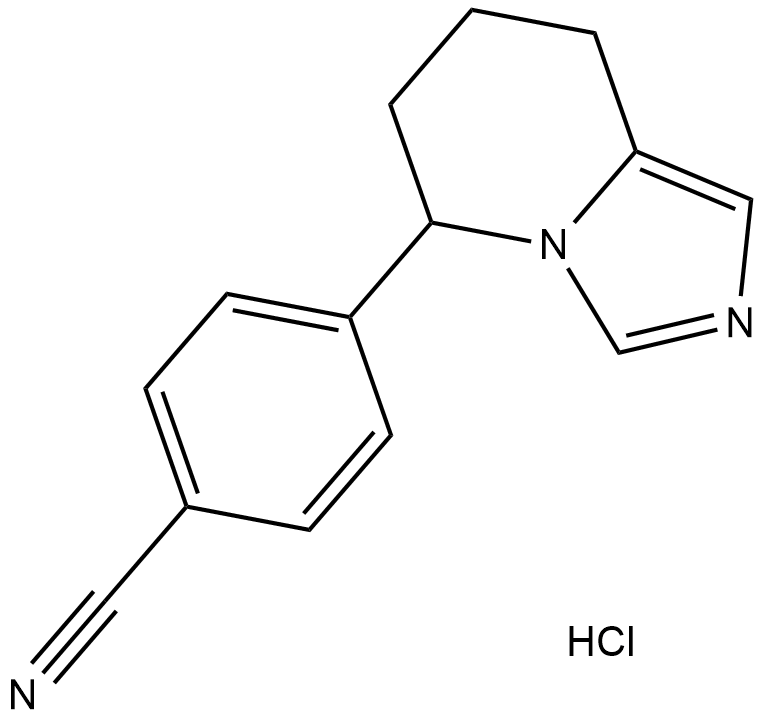
-
GC38682
Flavanone
Flavanone is a naturally occurring flavone. Flavanone has inhibitory activity for human estrogen synthetase (aromatase).
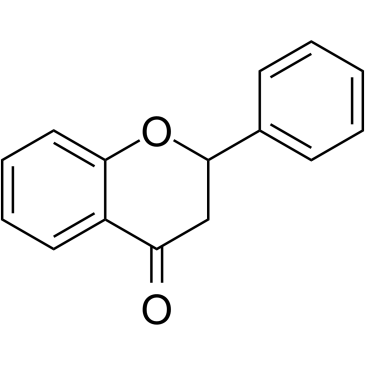
-
GC12815
Formestane
Type I steroidal aromatase inhibitor
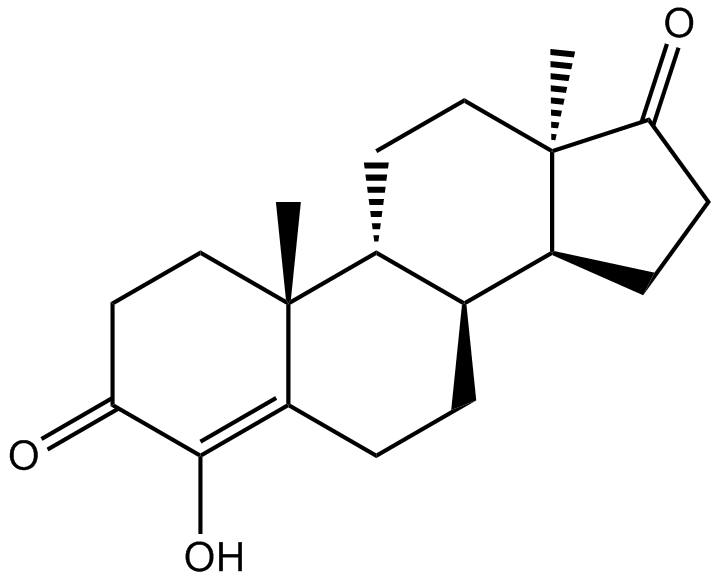
-
GC10726
Letrozole
Non-steroidal aromatase inhibitor
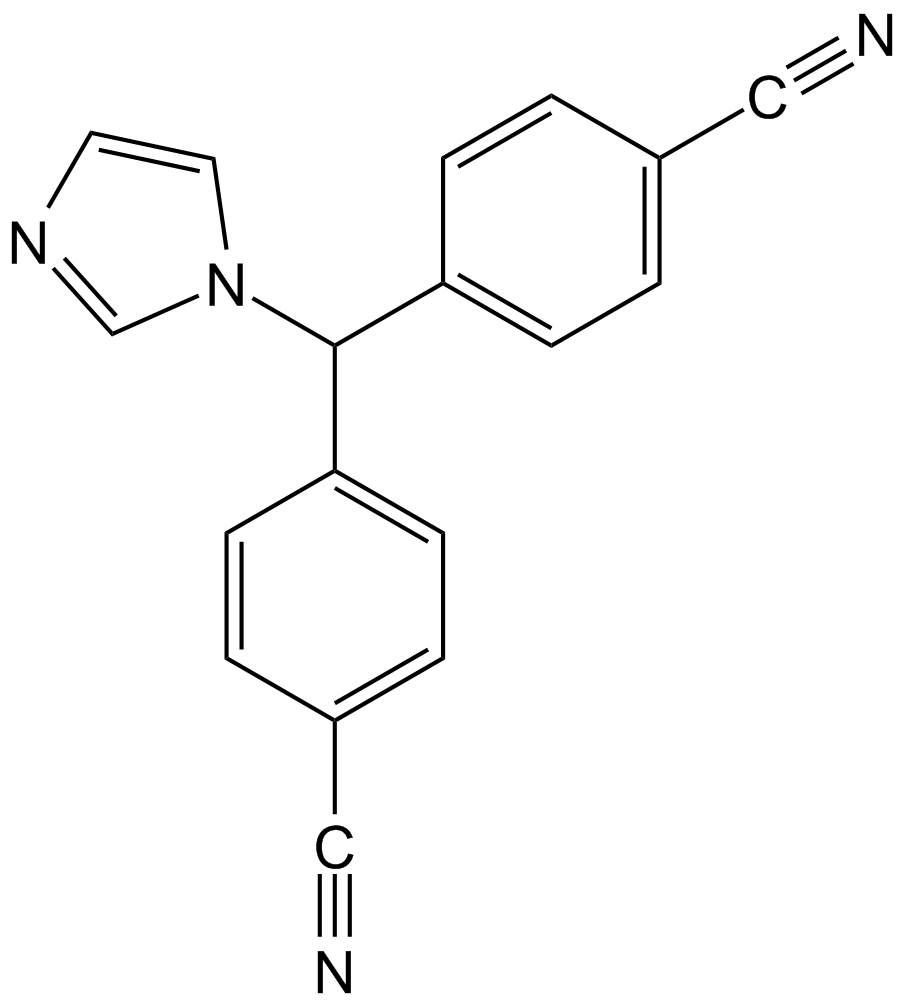
-
GN10457
Oleuropein
A polyphenol
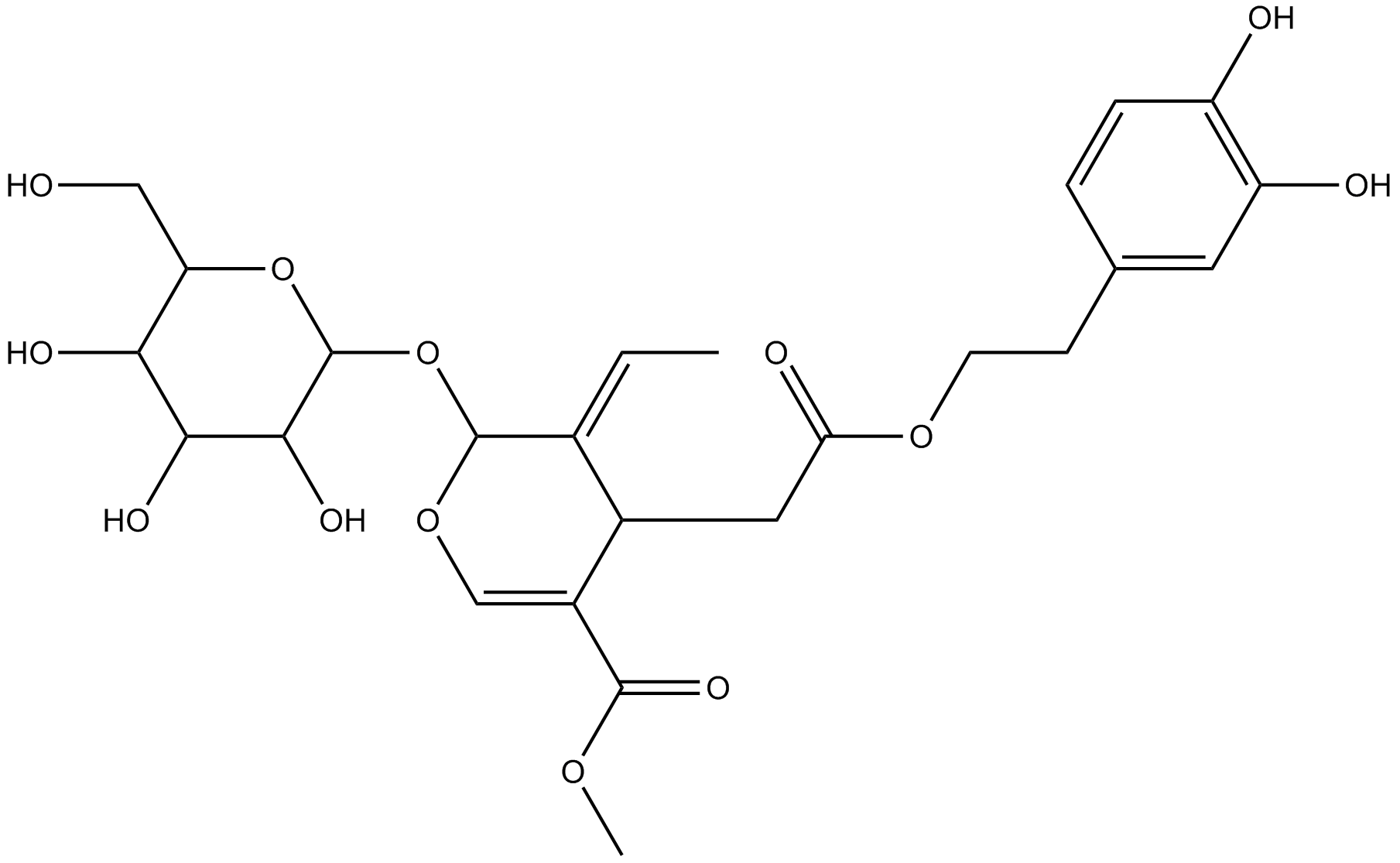
-
GC12890
α-Naphthoflavone
α-Naphthoflavone is a flavonoid, acts as a potent and competitive aromatase inhibitor with an IC50 and a Ki of 0.5 and 0.2 μM, respectively.
